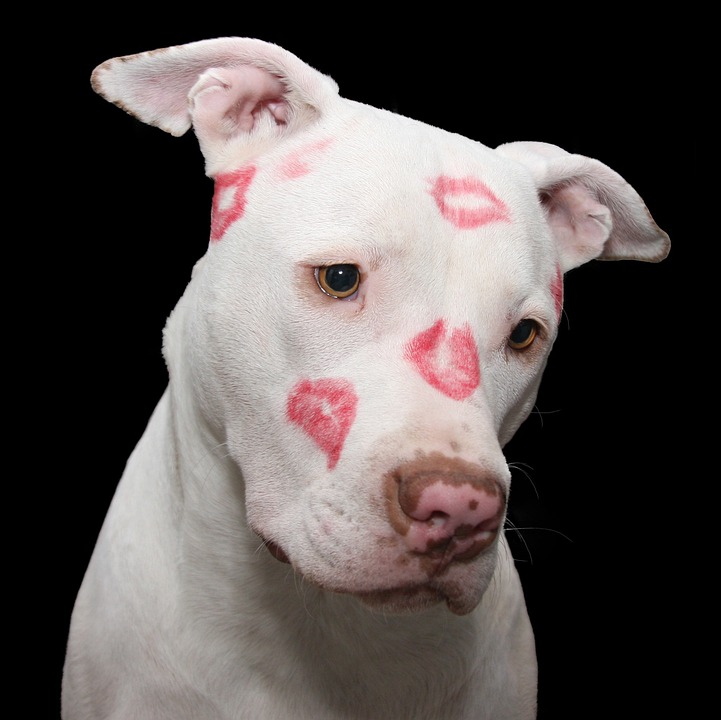Understanding Dog Behavior: A Guide to Reactive Behavior
Introduction
Dog behavior can sometimes be complex and difficult to understand. Reactive behavior, in particular, can be challenging for pet owners to navigate. In this comprehensive guide, we will delve into the world of reactive behavior in dogs, explaining what it is, why it occurs, and how to manage it effectively. Whether you’re a dog owner, trainer, or simply interested in canine behavior, this article will provide valuable insights to help you better understand reactive dogs.
What is Reactive Behavior?
Reactive behavior refers to an exaggerated response from a dog to certain stimuli in their environment. This response is often characterized by barking, lunging, growling, or even aggressive behaviors. Reactive dogs may display this behavior towards people, other dogs, specific objects, or certain situations. It is essential to differentiate reactive behavior from aggression, as reactive dogs are typically not inherently aggressive but rather responding to perceived threats or triggers.
Why Do Dogs Exhibit Reactive Behavior?
Understanding the underlying causes of reactive behavior is crucial in addressing and managing it effectively. Here are some common reasons why dogs exhibit reactive behavior:
1. Fear and Anxiety: Reactive behavior in dogs is often rooted in fear or anxiety. Dogs may react aggressively or defensively when they feel threatened or uncomfortable in a particular situation or around specific stimuli.
2. Lack of Socialization: Dogs that have not been adequately exposed to various stimuli during their early developmental stages may become reactive when faced with unfamiliar people, animals, or environments.
3. Previous Traumatic Experiences: Dogs that have experienced traumatic events, such as abuse or attacks, may develop reactive behavior as a form of self-defense or fear response.
4. Protective Instincts: Some dogs may exhibit reactive behavior as a result of their strong protective instincts towards their owners, territory, or resources.
Managing Reactive Behavior
While reactive behavior can be challenging to handle, there are several strategies and techniques that can help manage and improve a dog’s behavior. Here are some effective methods to consider:
1. Positive Reinforcement Training: Using positive reinforcement techniques, such as rewards and praise, can help reshape a reactive dog’s response to triggers, teaching them more appropriate behaviors.
2. Counterconditioning: Counterconditioning involves creating positive associations with previously feared or triggering stimuli. By gradually exposing the dog to these stimuli in a controlled and positive manner, their reactive response can be replaced with a calmer and more positive reaction.
3. Desensitization: Desensitization involves gradually exposing the dog to the triggers that elicit their reactive behavior, starting from a distance or with less intensity, and gradually increasing exposure over time. This method helps the dog become more tolerant and less reactive to specific stimuli.
4. Avoidance and Management: In some cases, it may be necessary to avoid or manage situations that trigger reactive behavior. For example, if a dog reacts aggressively towards other dogs, keeping them on a leash and maintaining distance during walks can prevent confrontations and reduce stress.
FAQs
Here are some frequently asked questions about reactive dog behavior:
Q1: Can reactive behavior be completely eliminated in dogs?
A1: While reactive behavior can be managed and improved, it is unlikely to be completely eliminated. The goal is to help the dog develop more appropriate responses and reduce the intensity and frequency of reactive behavior.
Q2: Should I punish my reactive dog for their behavior?
A2: No, punishment is not recommended when dealing with reactive dogs. Punishment can increase fear and anxiety, exacerbating reactive behavior. Positive reinforcement and reward-based training methods are more effective and humane.
Q3: Can a reactive dog become a well-behaved pet?
A3: With proper training, management, and patience, most reactive dogs can become well-behaved pets. However, it is essential to understand that progress may vary depending on the individual dog and their specific triggers.
Q4: Should I seek professional help for my reactive dog?
A4: If you are struggling to manage your dog’s reactive behavior or if their behavior poses a risk to themselves or others, it is highly recommended to seek professional help from a certified dog trainer or behaviorist. They can provide personalized guidance and develop a tailored behavior modification plan.
In conclusion, understanding reactive behavior in dogs is crucial for effective management and improved behavior. By employing positive reinforcement training, counterconditioning, and desensitization techniques, pet owners can help their reactive dogs lead happier, more fulfilled lives. Remember, patience, consistency, and professional guidance can go a long way in transforming a reactive dog into a well-adjusted and well-behaved companion.









